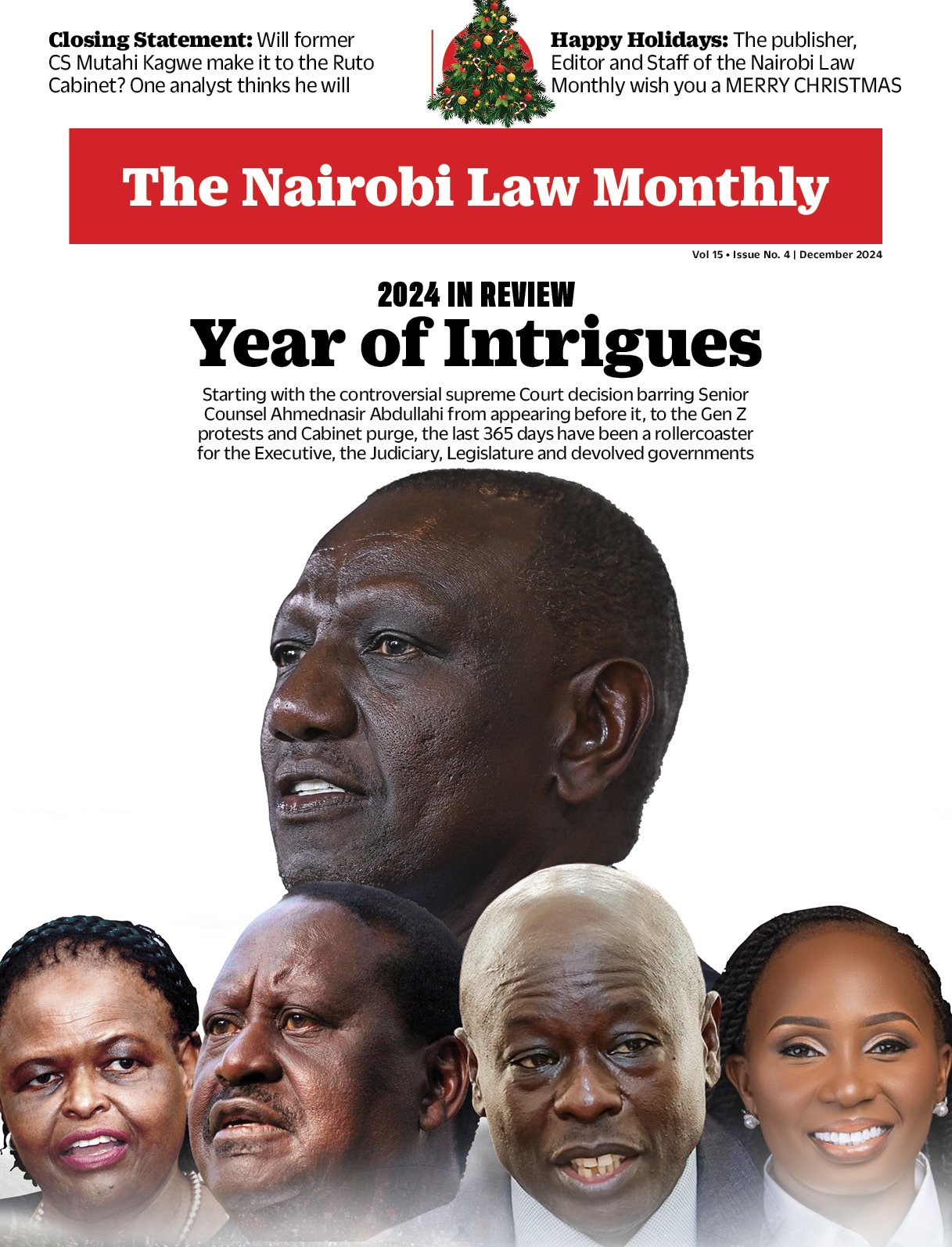By Jacob Oketch
Boniface Nyamweya’s PEELING THE COWEBS is a story about what has been deeply inculcated in our communities – negative ethnicity. In its simple plot, four neighbouring tribes have stereotypical biases towards each other to the point that it now affects the well-being of the residents.
This novel zeroes in on a theme mainly glossed over because it isn’t a subject that most writers are comfortable tackling. The author demonstrates how younger members of the society can step up and eradicate some of the outdated practices in the community – Nyorita and Uturoho’s relentless pursuit of unity at the expense of their own lives demonstrates the commitment that is required to solve the problem of negative ethnicity.
This story is laced with biblical allusions. The author uses biblical anecdotes to symbolize the moral justification of discarding beliefs promoting negative ethnicity. On one occasion, the author infuses some spiritual intervention to emphasize that negative ethnicity is a problem that the higher power can solve.
This novel is also a story of love between Uturoho and Nyorita. They endure a lot of challenges due to their different ethnic backgrounds. The two main characters also strive to unite the warring tribes. Nyorita’s engagement with the public shows the lengths we should go to eliminate negative practices emanating from tribal differences.
The story in this book is told in various ways. There is the narration and description where we learn much about the characters. The author also uses a stream of consciousness where sometimes, characters philosophizes about issues bothering them. The author also uses poems to bring out the emotions of the characters.
The author also employs other stylistic devices in his narration. He likes to use metaphorical expressions in most of his sentences. This enriches the story and breaks the monotony of a typical narrative. There is also the use of the journal, where a character has a write-up revealed in the narrative.
Readers also learn about the customary practices of the people where the book is set. For instance, several times in the story, the council of elders that makes decisions in the community is alluded to. There are also anecdotes about the traditional brew in the community. We also learn about the physical features of the setting of the story-rivers, markets, leaders and the politics of the locality, and so on.
This book is a good attempt at tackling the vice of negative ethnicity. It would be interesting to see the audience’s reaction if it were to be adapted into a play and then performed to a live audience in a theatre. The author has made a bold attempt to tackle an issue that continues to receive scant attention from the recorders of history.
In a country with all sorts of manifestations of negative ethnicity, a book like this- that confronts the malaise -is a rare undertaking, and it behooves readers concerned about this vice. This book is available at Nuria bookstore. (



